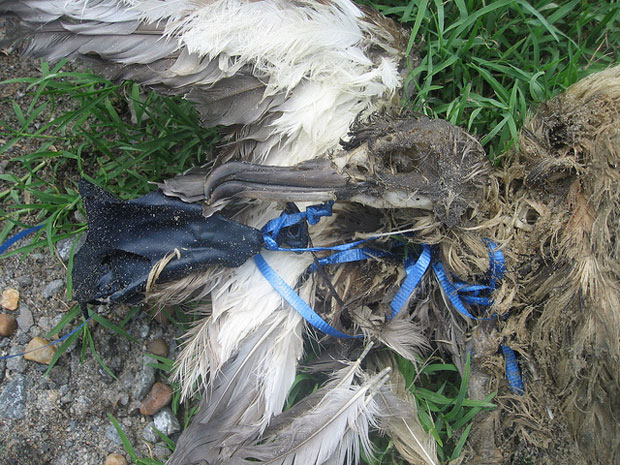HELIUM BALLOONSReleased helium balloons have a destructive effect on animals, people, and the environment.All released balloons, including those falsely marketed as “biodegradable latex,” return to Earth as ugly litter. They kill countless animals, cause dangerous power outages and can travel thousands of miles to pollute the most remote and pristine places.
From: Frederick L. Bach fbach@igc.apc.org Sun, 21 Jan 1996 The Alliance for a Living Ocean (ALO), an ocean conservation group located at Beach Haven on Long Beach Island, NJ, is waging a vigorous campaign against the release of helium-filled ballons near shore areas. When these balloons deflate and fall into the ocean, they are mistaken by sea creatures like turtles, dolphins, and whales for jellyfish. Balloons swallowed by these animals cause an intestinal blockage and result in certain death. The next time you are celebrating with a helium-filled balloon, DON'T LET IT GO. We are particularly interested in cautioning grade school teachers against encouraging their classes to release balloons with messages attached near shore areas. Any help you can give ALO in waging this campaign will be appreciated. If you have any ideas for helping to stop the release of helium-filled balloons near sea shore areas, please send your ideas to : fbach@igc.apc.org. From Robert B. Griffin bgriffin@gsosun1.gso.uri.edu Mon, Jan 22, 1996 As a doctoral student at the University of Rhode Island Grad. School of Oceanography, I have spent approx. 160 days at sea, censusing marine mammal populations. Now I know where the balloons go. I have seen balloons as far out to sea as 200 miles, generally singly but once in a large cluster. Once the balloons fall into the ocean, they are transported by coastal currents, warm core rings, and the Gulf Stream to points unknown. Last July, sensing a period of celebration arriving (the 4th of July) I wrote an editorial to my small newspaper alerting them to the potential danger and asking them not to release balloons. I was surprised at the number of people I met on the street commenting on my article. It had never entered their minds that balloon release posed a potential problem. I do not believe people intentionally want to trash the ocean endangering wildlife. I think a nation-wide letter to the editor campaign might significantly reduce the problem. From: Robert Kummerer kummerer@eos.hitc.com Fri, 26 Jan 1996 National Aquarium in Baltimore For the past three years I have volunteered with the Marine Animal Rescue Program (MARP) sponsored by the National Aquarium in Baltimore. MARP's goal is to rescue, rehabilitate, and release sick and injured marine animals. We respond to roughly 25 strandings per year of ceteceans, pinnipeds, sea turtles,and even a wayward manatee. The human impact on the animals to which we respond is sometimes all too obvious. On Thanksgiving Day in 1993 MARP received a pygmy sperm whale that stranded in New Jersey. This whale, named "Inky" by the Baltimore media, was severely emaciated. After two months of little success in getting Inky to regain her appetite and weight, an endoscopic procedure was performed so the medical staff could look at her GI tract. What was discovered was totally unexpected. Several pieces of plastic were discovered, among which was a complete Mylar party balloon, the cellophane off a box of cigarettes, and pieces of a garbage bag. After a total of five endoscopic procedures, all of the plastic was removed from Inky. Roughly six months after first arriving at the aquarium Inky was completely rehabilitated and released in the Gulf Stream off Florida. This story fortunately had a happy ending, but we can't help but wonder how many ocean animals will suffer a different fate. Read More:
Back to MENUWhales in Danger Information Service |



